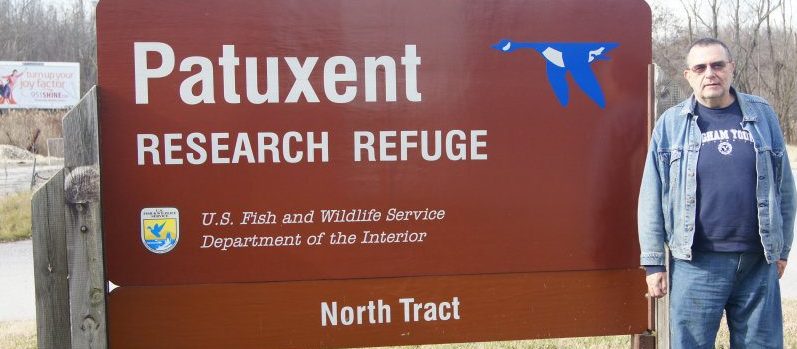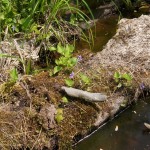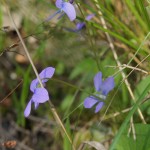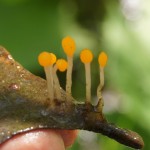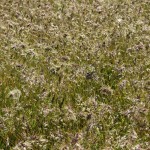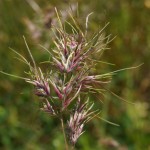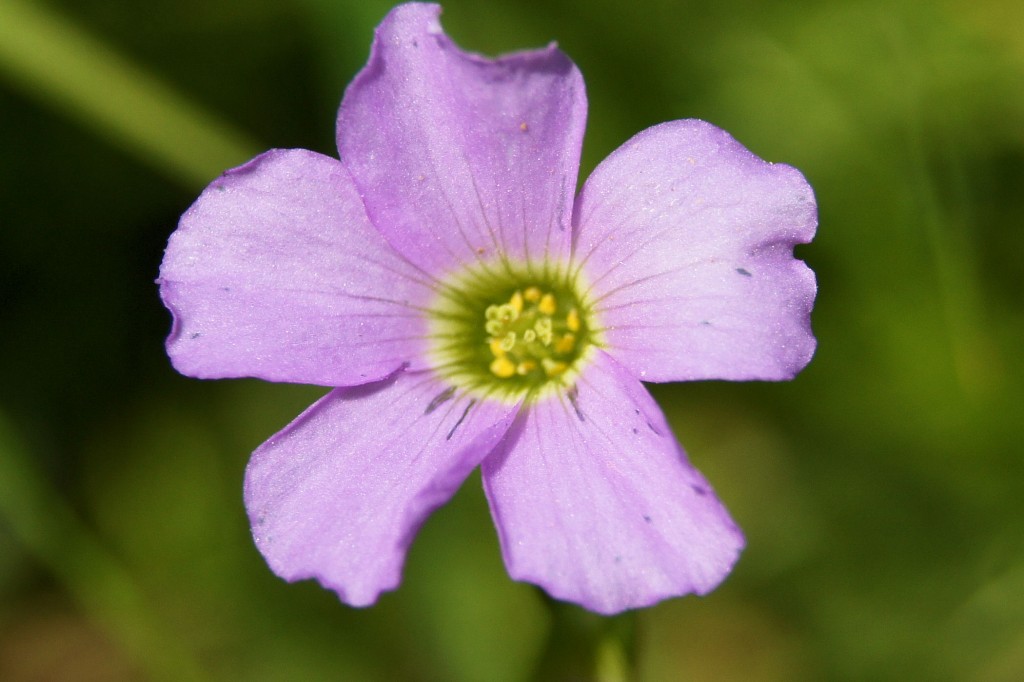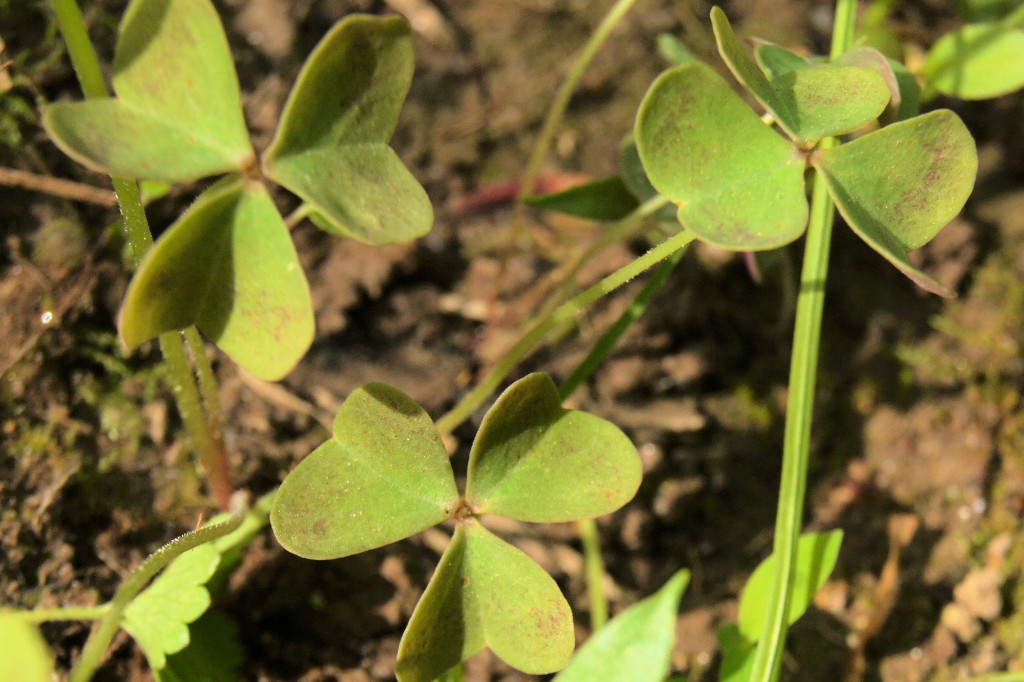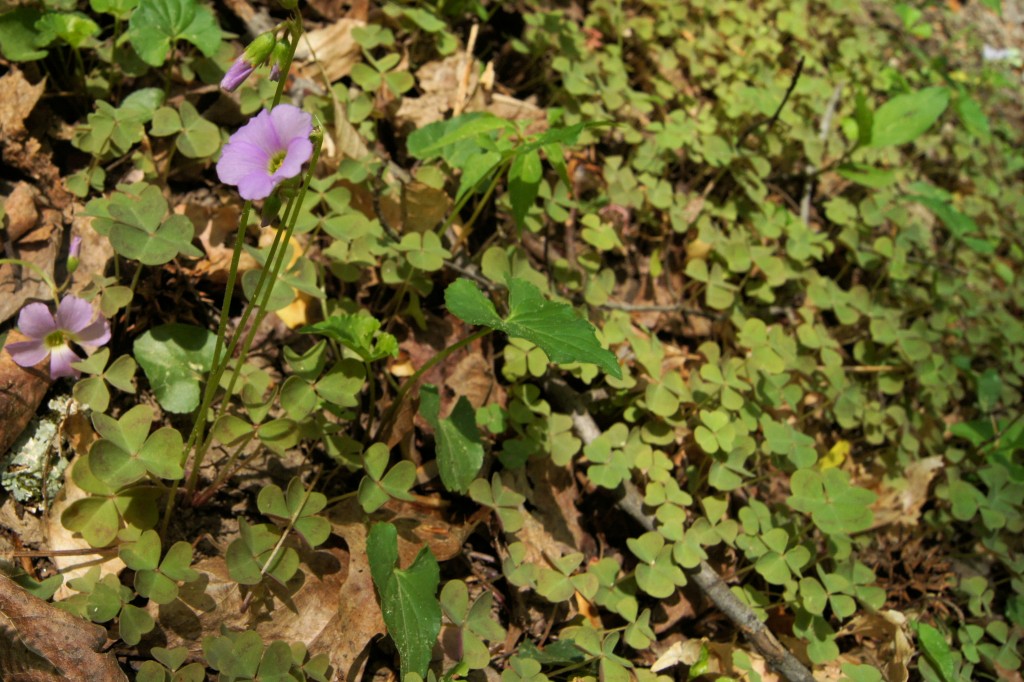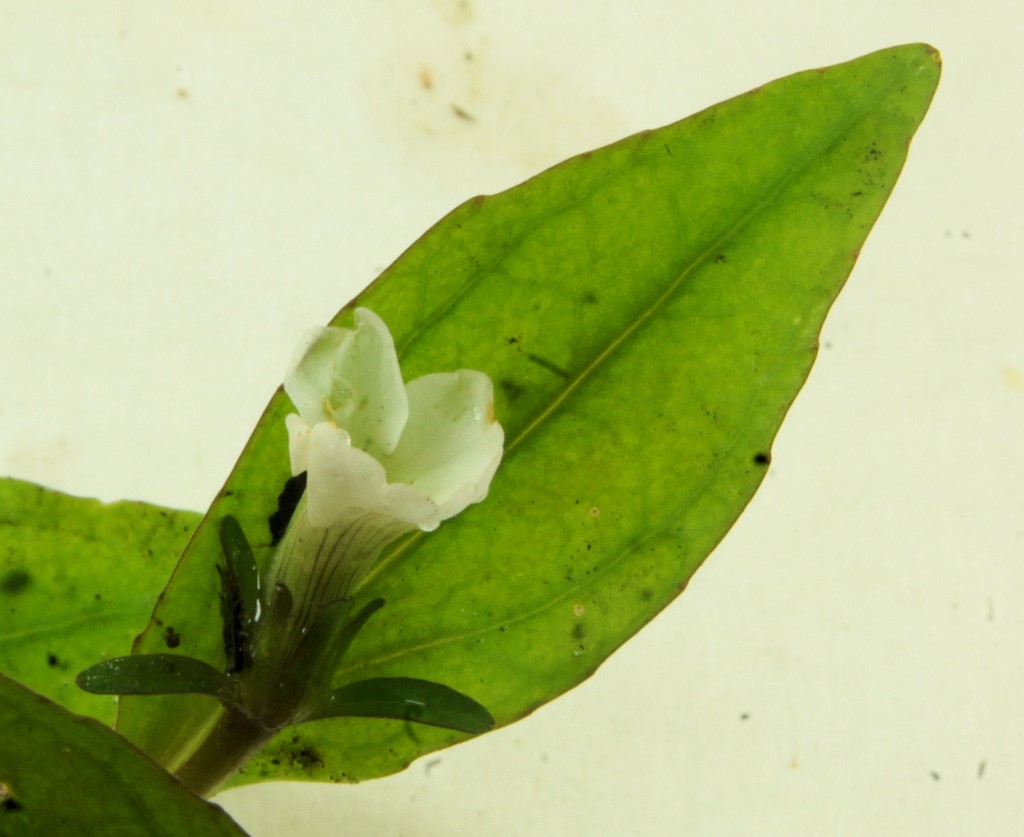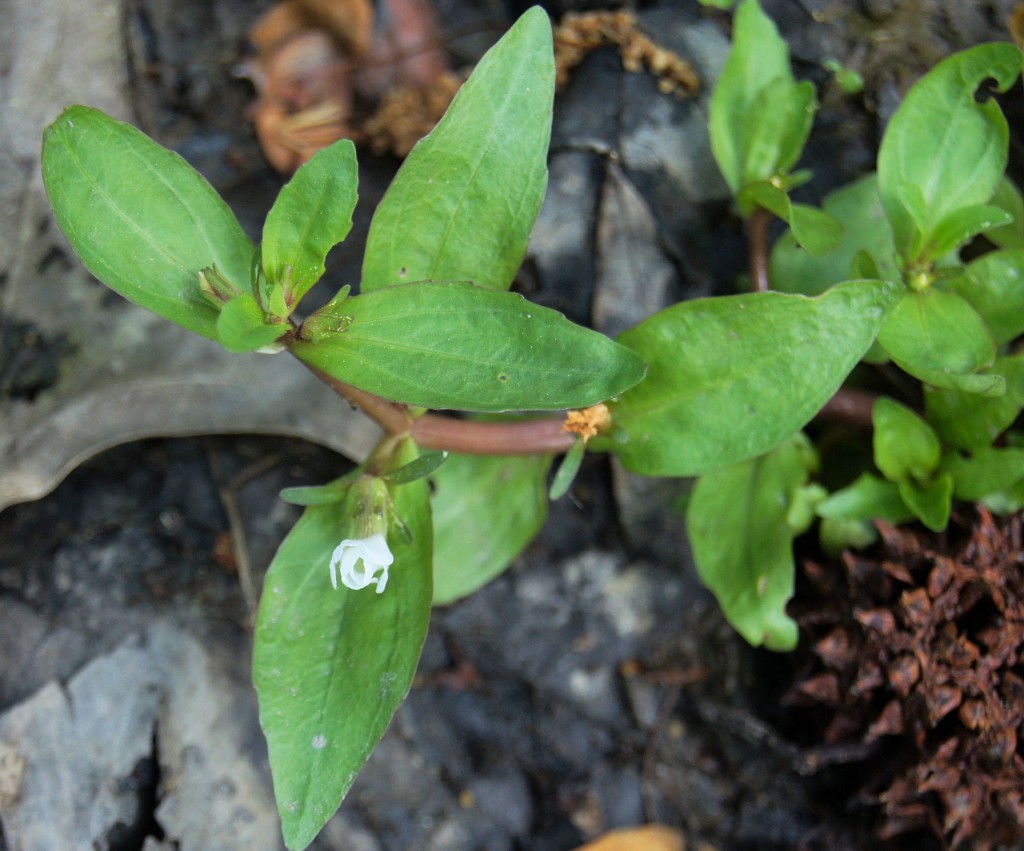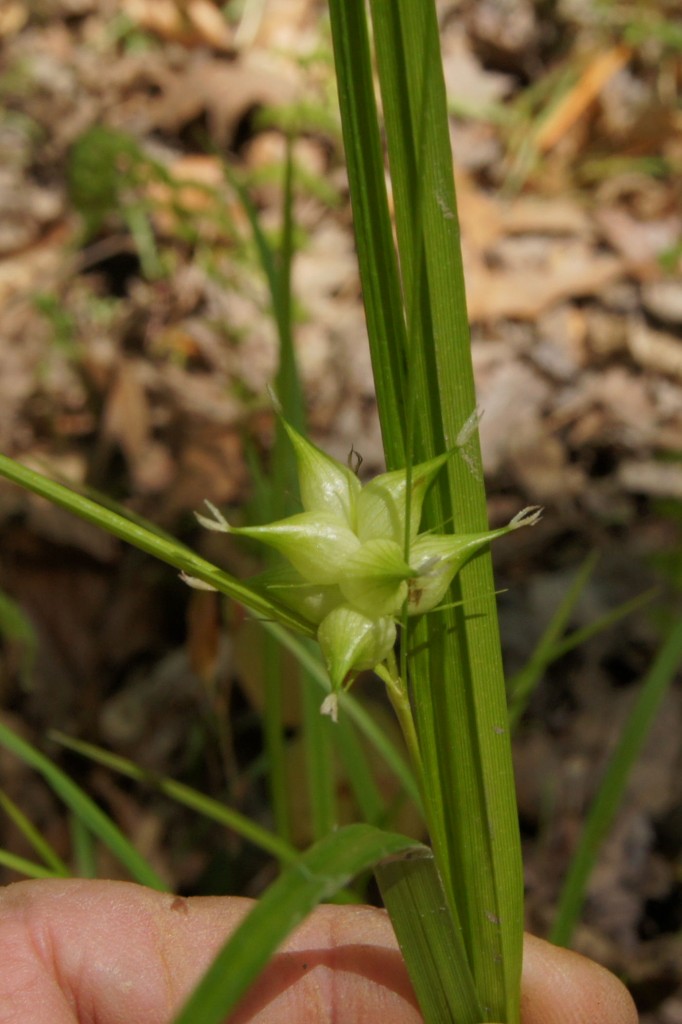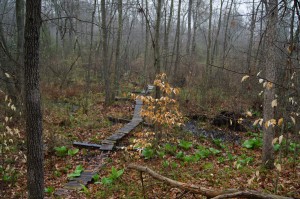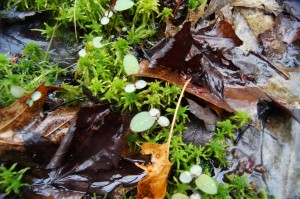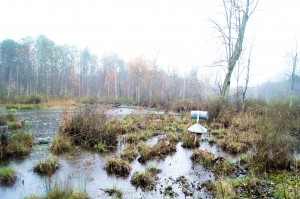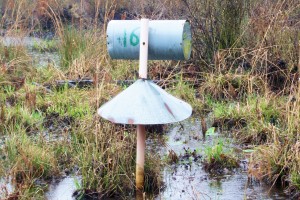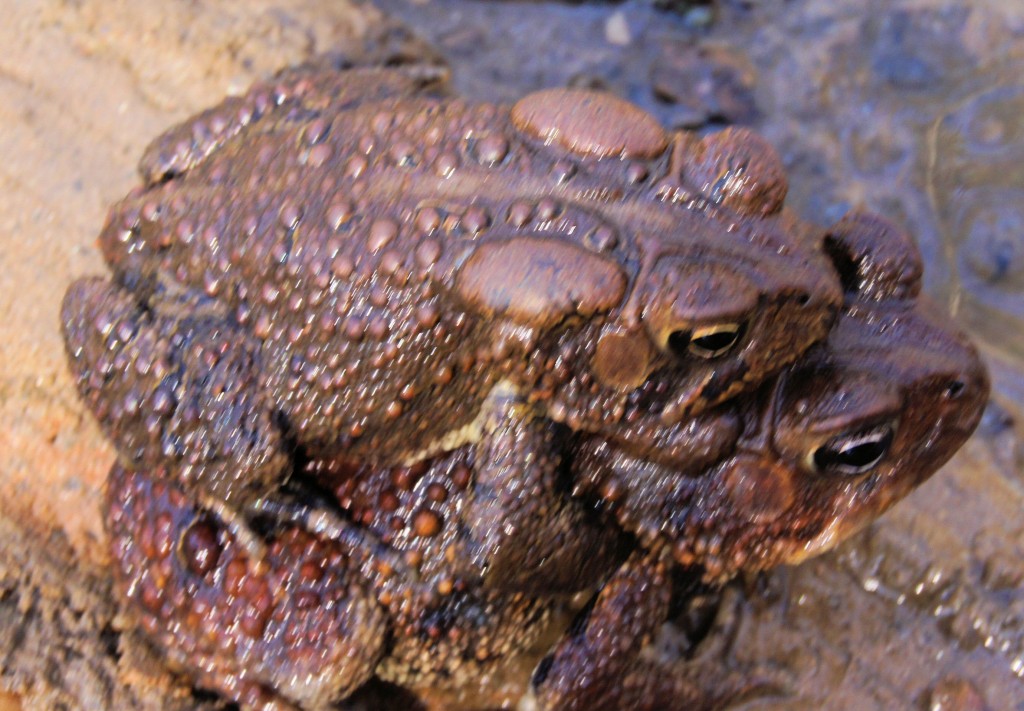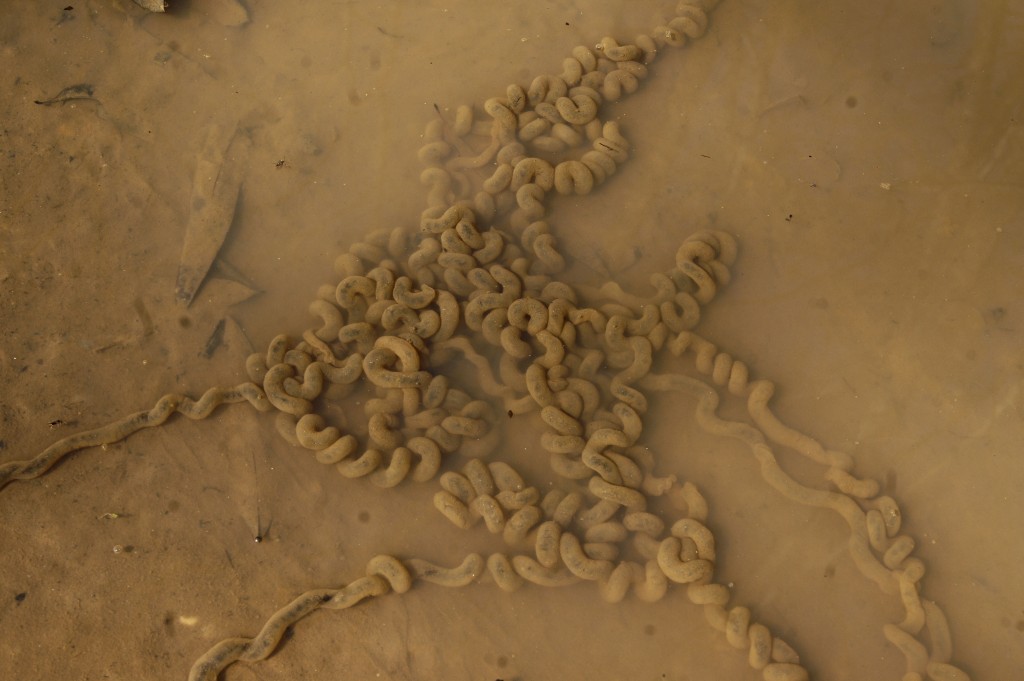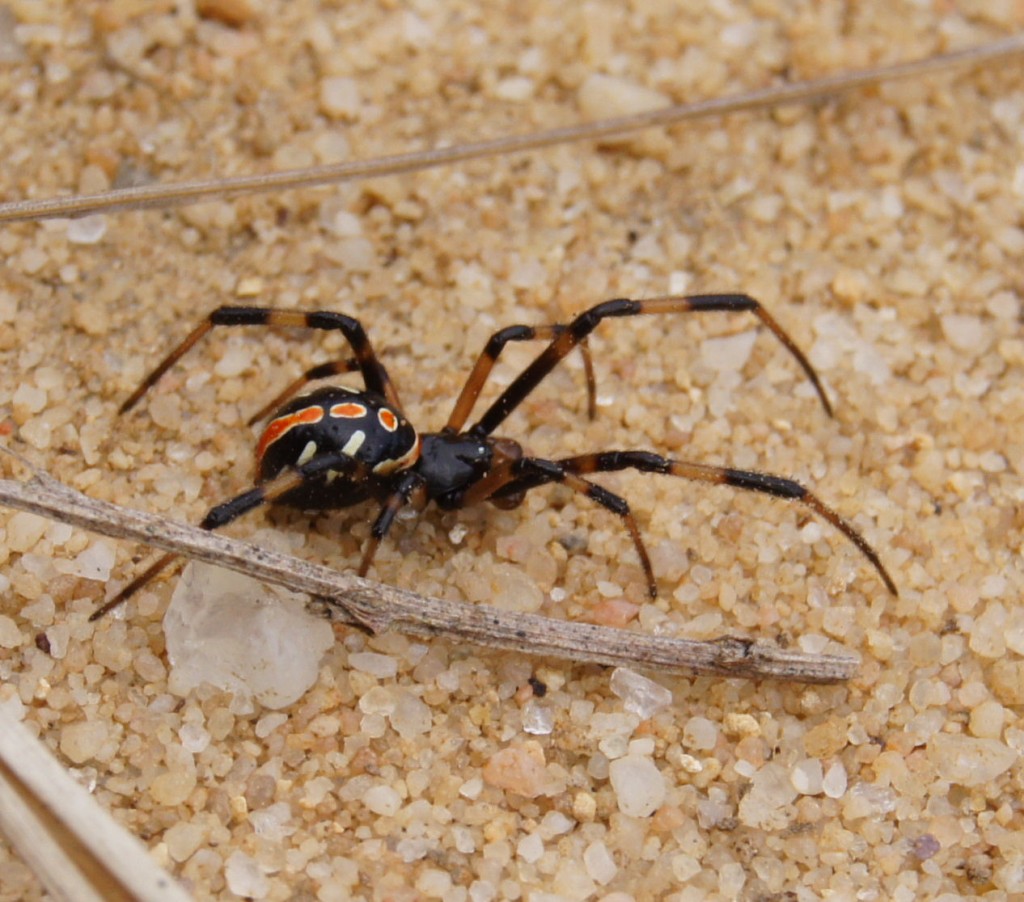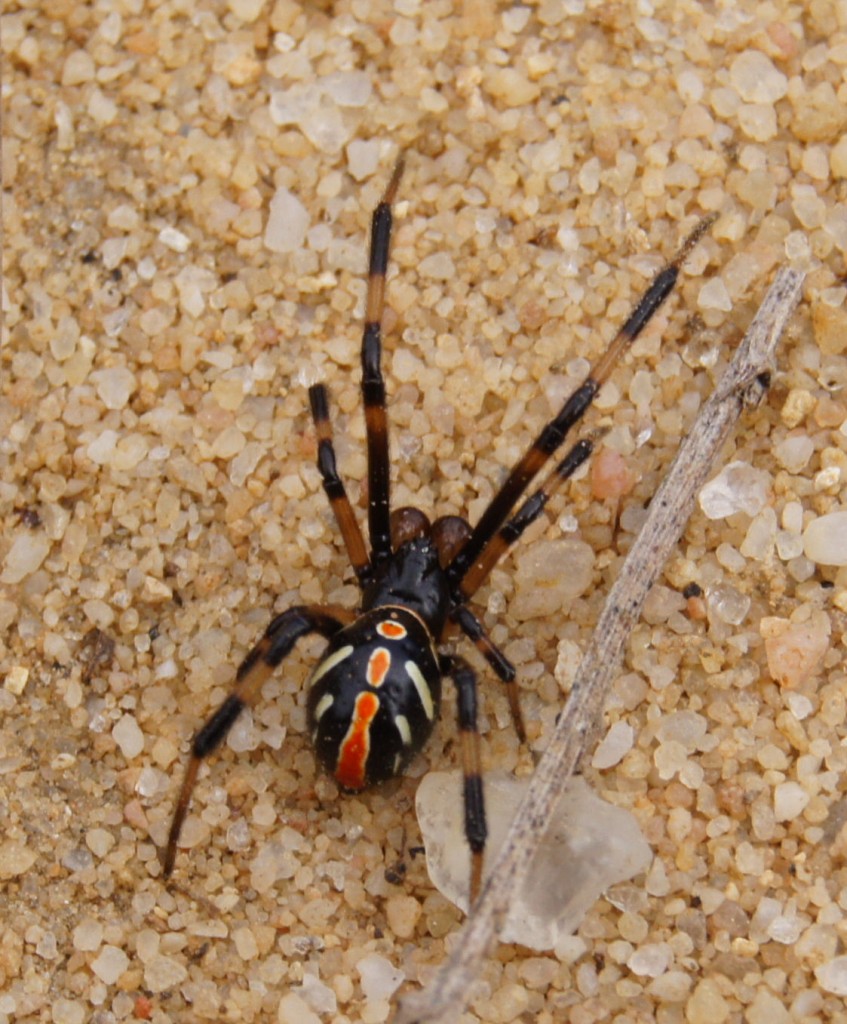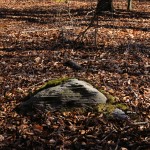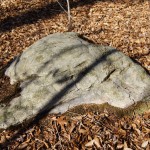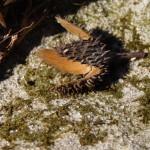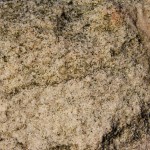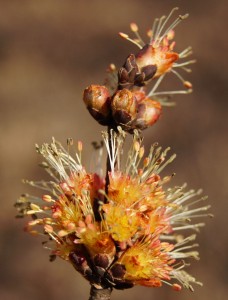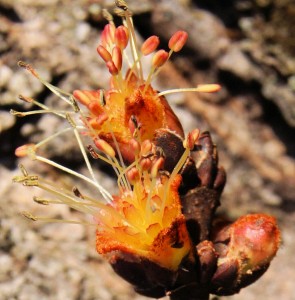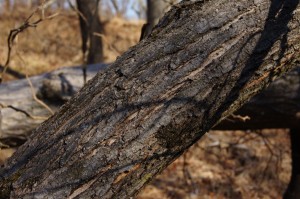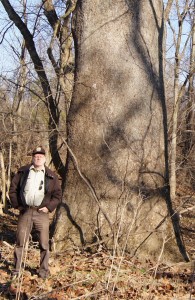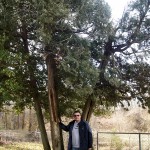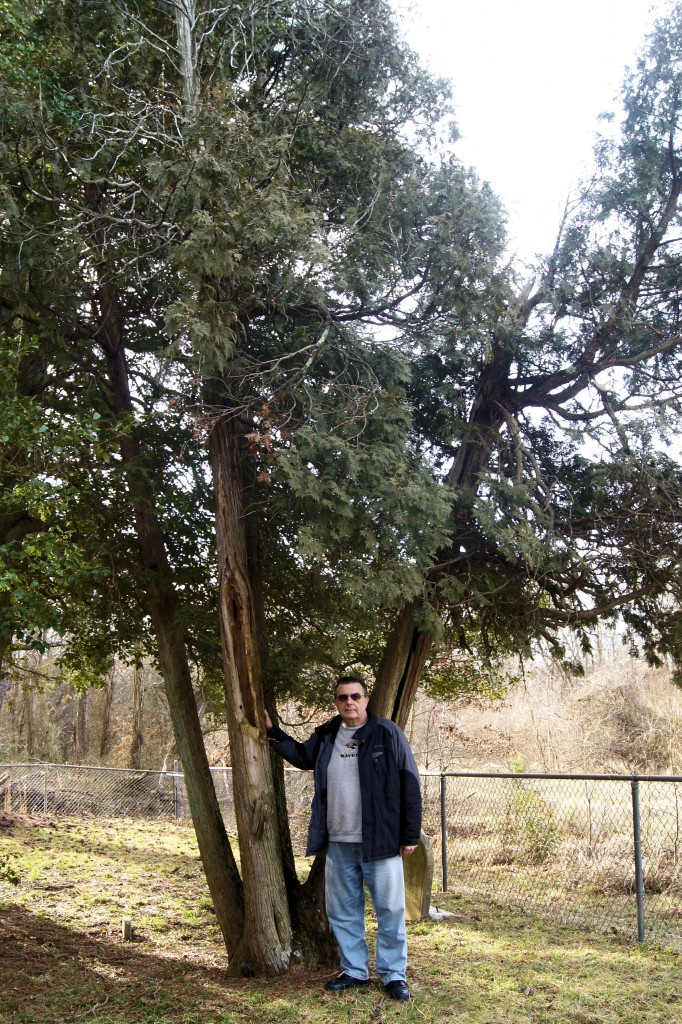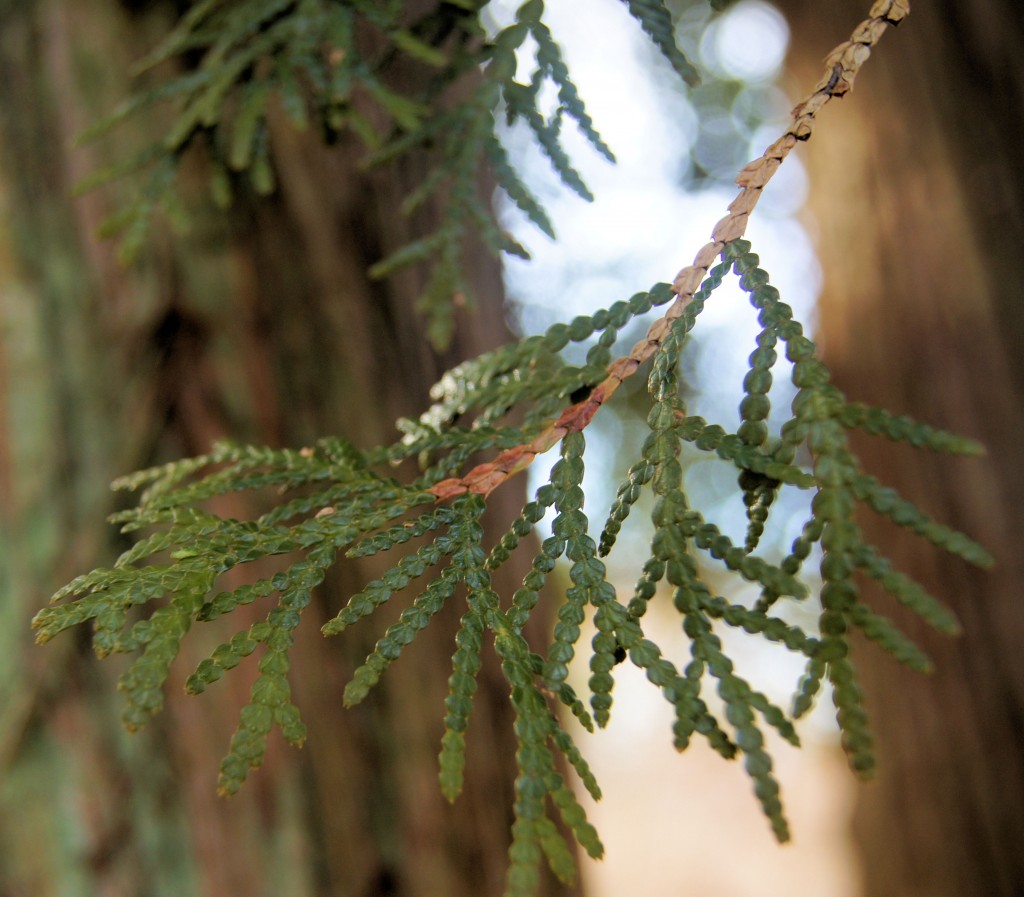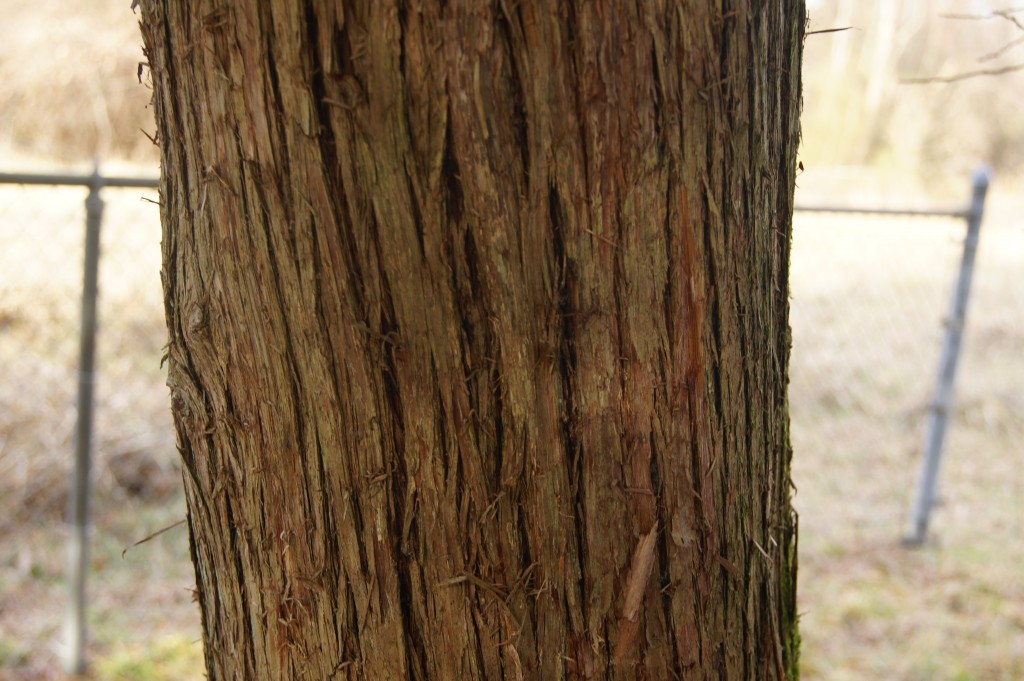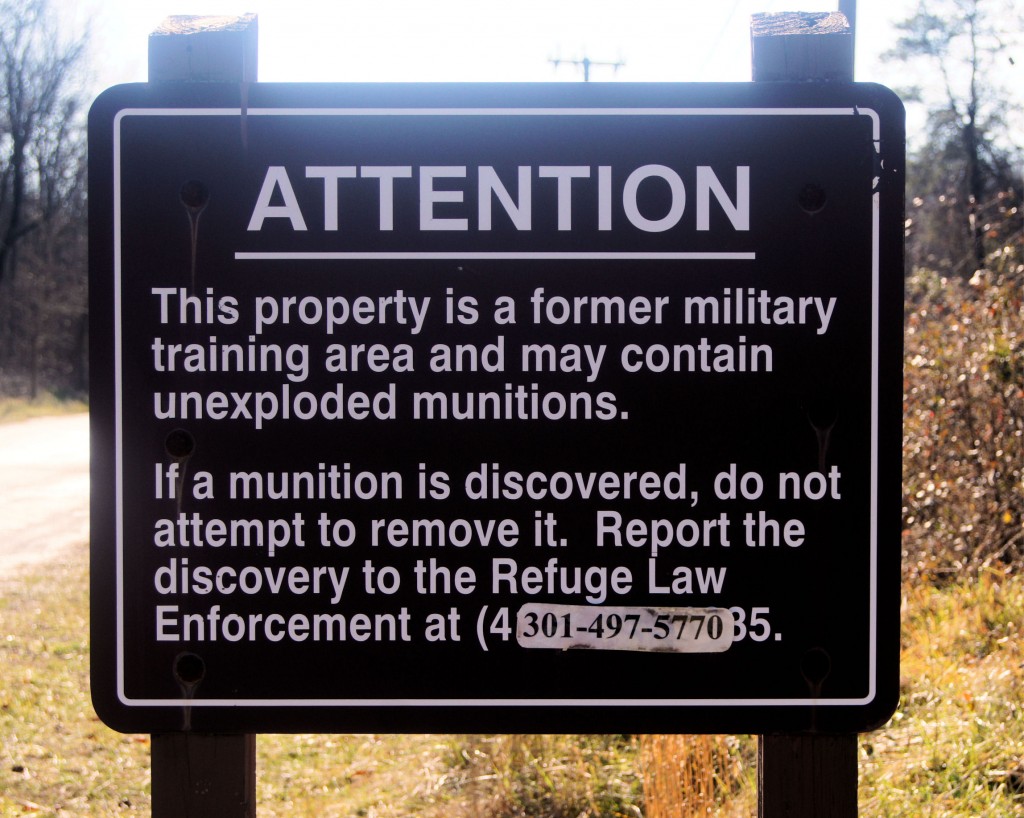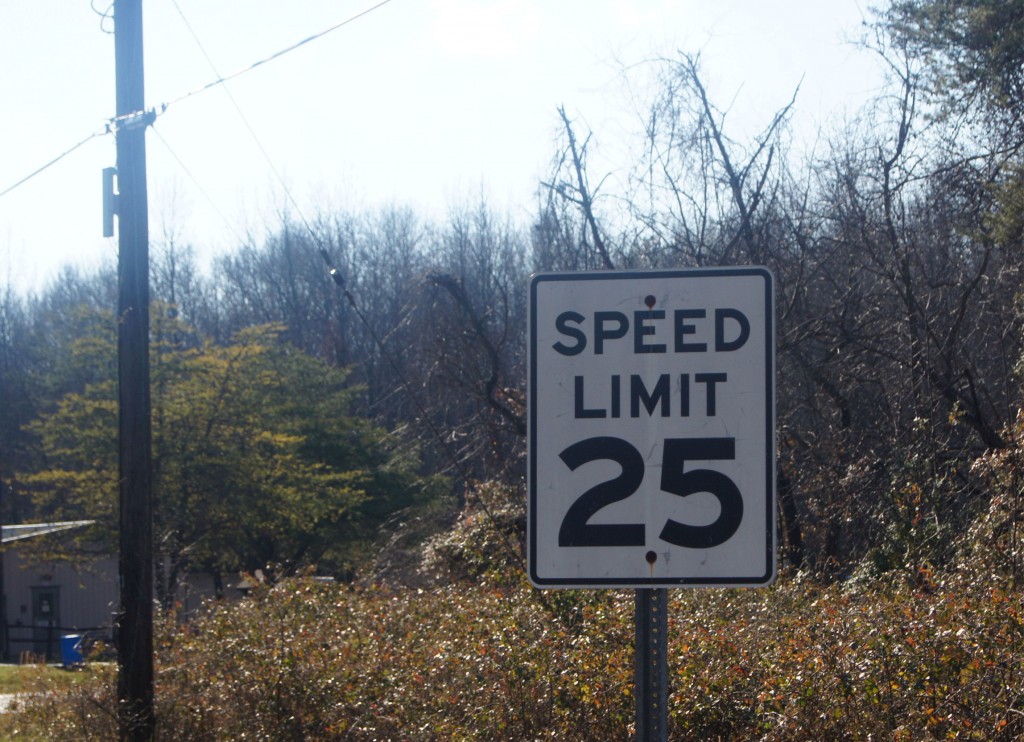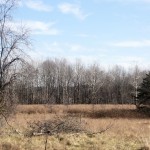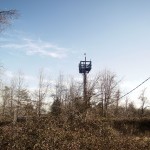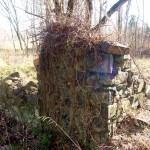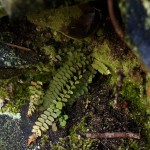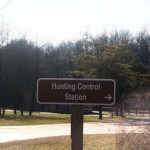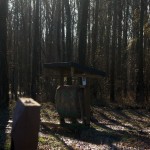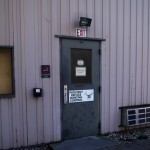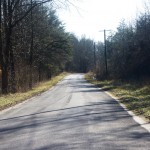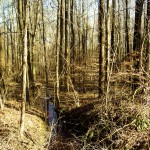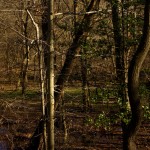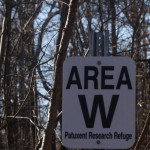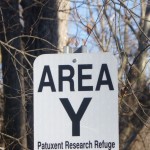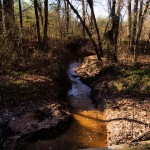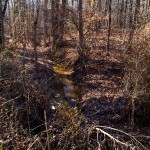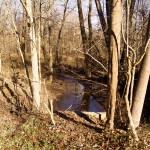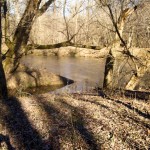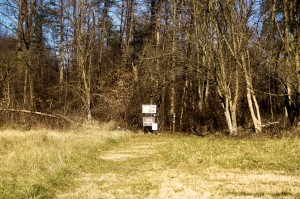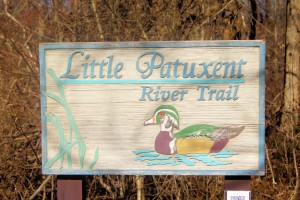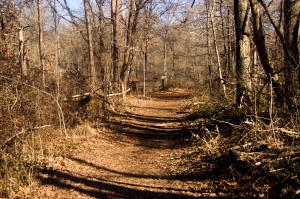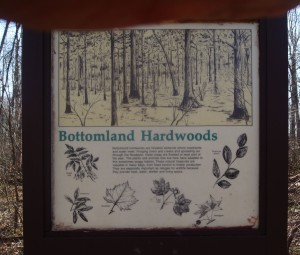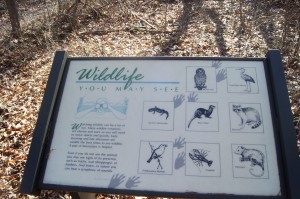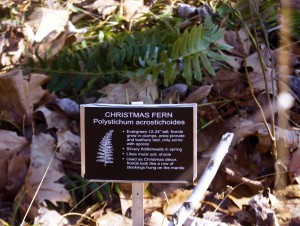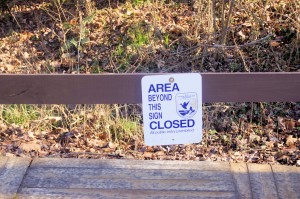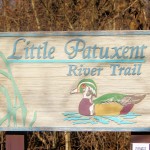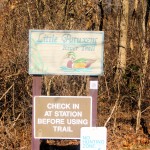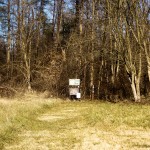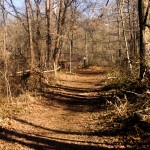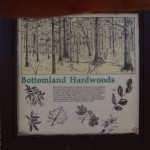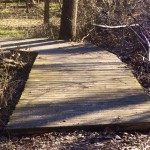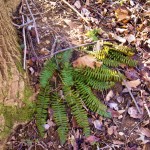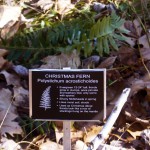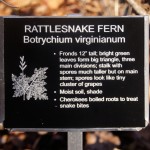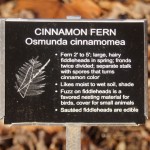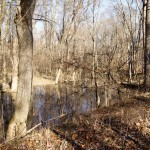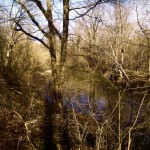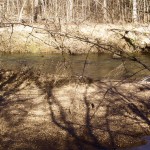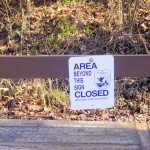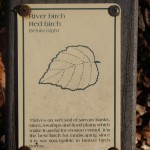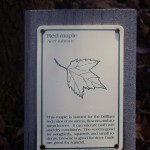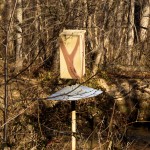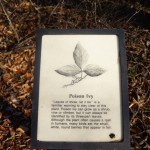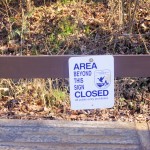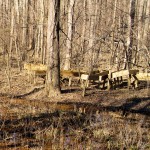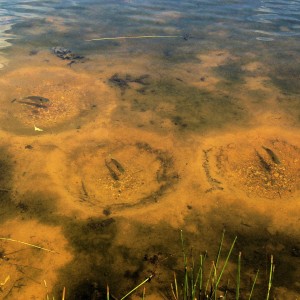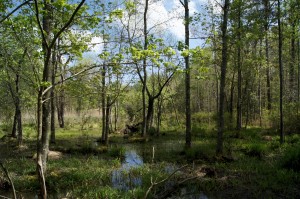
I scoped out Beaver Valley today. It is another one of the remnants from the Little Patuxent River. It is further south from the Little Patuxent River than Shangri La, and is much older. There is a stream that flows through it, and is more filled in than other stream remnants. At least on the south side, the valley is clearly demarcated by a slope that leads to an upland forest area. Beaver activity is evident. While, most of the valley is covered grass, cattails, and various other plants, there are fairly good sized areas of sphagnum moss growing on the edges. Most of these areas form hummocks upon which trees and shrubs may be found, but there were some areas where the moss is growing up top of the water forming bogs. A stream flows through Beaver Valley is clear and was about 1 foot deep. Its gravelly bottom made it easy to walk on with my waders.
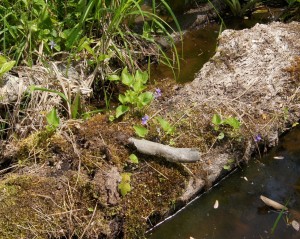
Botanically, I saw a lot of interesting things. The most significant finding was the collection of the Blue Marsh Violet (Viola cucullata Aiton). It was growing next to a stream and in one place it was growing on a log which straddled the steam. This species is distinguished from the others on the North Tract by the club-like hairs which grow in the side petals. This little guy has been collected in the other tracts of the refuge, but this is the first collection for the North Tract project.
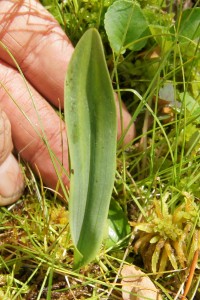
Also spotted were small populations of a plant with a single leaf which was coming out of the moss. It was not blooming, so identification is impossible at this point, but I suspect it is an orchid of some kind. I will be keeping an an eye on the progress of these guys this season. (NOTE: This ended up being the small green wood orchid (Platanthera clavellata))
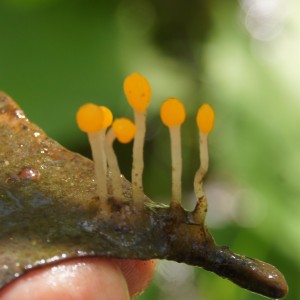
Also spotted were some orange fruiting bodies which were growing out of some oak leaves which had fallen into the water. It was kind of cool looking at the water and seeing all of the little orange dots poking through.
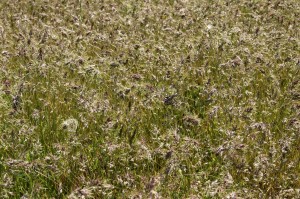
Earlier in the day, spotted some Bulbous Blue Grass (Poa bulbosa L.) which was growing in the lawn next to the Hunting Control Station just inside the gate. This is a new record for the refuge. It normally does not produce seeds but produces little bulbils which fall off and growing to plants. It was a good thing I spotted this population when I did because on the way out of the refuge, I noticed that someone had mowed the lawn around the Hunting Control Station, including this patch.
It was a great day!
